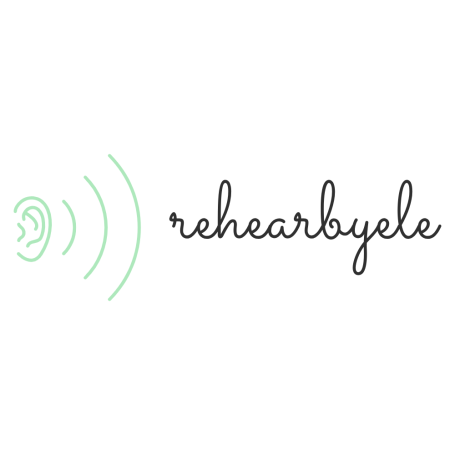Hearing Aids
Types of Hearing Aids
Usual types are:
- Behind-the-Ear (BTE)
- In-the-Ear (ITE)
- Completely-in-the-Canal (CIC)
- Invisible-in-Canal (IIC)
- Receiver-in-Canal (RIC)
- Receiver-in-the-Ear (RITE)

Demo's and Trial devices are available at assessment for up to month
Hearing Aid Features
Features to consider when choosing a hearing aid are:
- Programmability: Chose programmable hearing aids that can be adjusted to meet individual hearing needs. This allows for customisation and fine-tuning based on your hearing loss and your different listening environments.
- Directional Microphones: Hearing aids with directional microphones help focus on sounds whilst reducing background noise. This feature is specifically beneficial in noisy environments.
- Power supply and Rechargeability: Most hearing aids are powered by disposable batteries, commonly known as zinc-air batteries, whilst functional, challenges include cost over time, disposal and electronic landfill risks, also overtime handling whilst changing becomes a challenge due to the sizes for most users. Consider hearing aids with rechargeable batteries to eliminate the need for frequent battery replacements and efficiency. Rechargeable options are user-friendly, eco-friendly, and ensure consistent power throughout the day.
- Comfort and Fit: Comfort and fit are essential for a successful hearing aid usage. Factors like size and weight, choosing a hearing aid size considering the user's dexterity and preference. Lighter and smaller devices may be easier to handle and more comfortable to wear.
- Feedback Management: Go for devices with effective feedback management systems to reduce or eliminate feedback-related discomfort.
- Lifestyle and Hobbies and its environments: If you have an active lifestyle for instance outdoors, you will want hearing aids with good wind noise management or swimming or water sports then you will hearing aids with enhanced durability and water-resistance and splash proof features.
- Bluetooth and Connectivity Needs: If you want to make adjustments to settings using smartphones or tablets, choosing hearing aids that that have seamless connectivity which can greatly enhance their communication experience. Advantages include hands free calls, music, voice and video streaming and customised controls.
- Communication Needs and Settings: Consider hearing aids with multiple listening programs or automatic adjustments for different environments, such as quiet settings or noisy social gatherings.
- Budget: Consider the cost of hearing aids and explore care plan options. Also, the level of technology and adaptive feature the hearing aid provides, the more the cost will be.
Will guide you through all options and choosing the right features for your hearing needs
Hearing Aid Warranty and Guarantee Promise
- Warranty Period: Up to 5 years; starts on the date of purchase and fitting date of fitting.
- Guarantee Coverage (1 Year): What is included in purchase and coverage:
- Accessory: Choice of 1 accessory/device included
- Battery: Rechargeable or Zinc-Air Batteries included
- Repair or Replacement:
- Repair options: Postal repair (cost of postage is liable) or in-person repair appointment.
- Replacement options: Loan hearing aid may be an option for a charge and replacement hearing aid will be provided if repairs are not possible due to the client’s fault.
- Manufacturer defects: Cover defects in materials or workmanship in the initial 1 year.
- Parts: Covers electronics, receivers, microphones.
RehearbyEle's Promise
We need your consent to load the translations
We use a third-party service to translate the website content that may collect data about your activity. Please review the details in the privacy policy and accept the service to view the translations.
